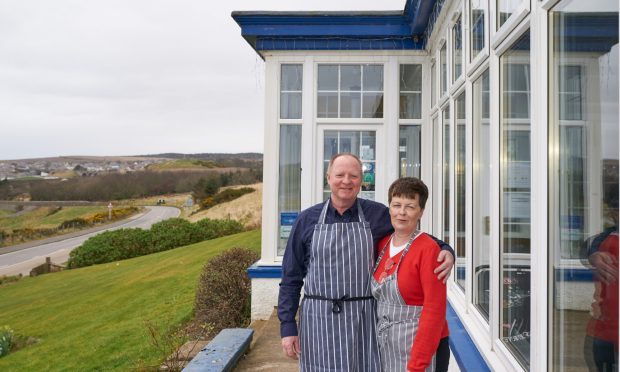New rules being brought in as part of changes to the business rates system in Scotland may cause confusion for landlords and property investors, according to Knight Frank.
The industrial sector could suffer the biggest impact, the commercial property giant warned.
Among changes being brought in as part of a settlement between the Scottish Government and local authorities, empty property relief will be devolved to councils from April 1 – allowing them to set different rules and conditions for exemptions.
Councils taking control
Under the current relief regime applied nationally, vacant industrial properties are given 100% for six months, followed by 10% thereafter.
But some local authorities have already proposed changes and others will likely choose to do so in the future, with the reliefs due to be reviewed annually.
Landlords need to seriously consider how they manage their properties 12 months ahead of any lease expiries to ensure that void periods are kept to a minimum.”
Scott Hogan, Knight Frank
In the north-east, for example, Aberdeen City Council has proposed that vacant industrial properties will receive three months of 50% relief on rates. It will then fall to 10%.
By contrast, neighbouring Aberdeenshire Council is planning to keep the current regime for rates relief – creating different systems only a few miles apart.
In the case of two comparably-sized vacant industrial properties with the same rateable value, located in Westhill and Dyce, the landlord of the property in Dyce would pay 56% more in vacant business rates over 12 months.
Uneven playing field
Many local authorities have yet to announce their intentions following the devolution of powers from government.
Disparities in property relief in the north-east could arise in other parts of Scotland too.
Scott Hogan, head of Scotland industrial and logistics, Knight Frank, said: “The new rules mean local authorities can and likely will have different reliefs across Scotland, creating an uneven playing field.
“This will introduce an added degree of complexity for landlords and investors, and will almost certainly create confusion for anyone with property interests in multiple council areas.”
He added: “Councils are under pressure to collect more income and, understandably, reducing rates relief may seem like a simple way of bringing in more money.
“I am yet to encounter a landlord who does not want to let their property, so it will be especially punitive to those who are already struggling to secure occupiers.
“It will also add risk for any new investors looking at Scotland.
Share your views on business rates in general in our comments section at the foot of this article
“Landlords need to seriously consider how they manage their properties 12 months ahead of any lease expiries to ensure that void periods are kept to a minimum.
“This includes early engagement on dilapidations – a process that can take months to conclude in itself – and re-marketing of properties at least six months ahead of a possible vacancy.”





Conversation